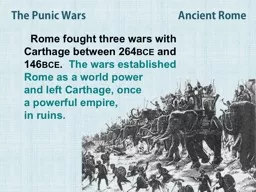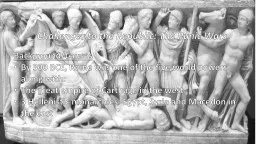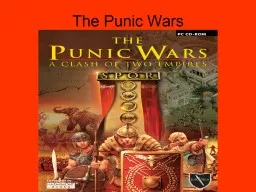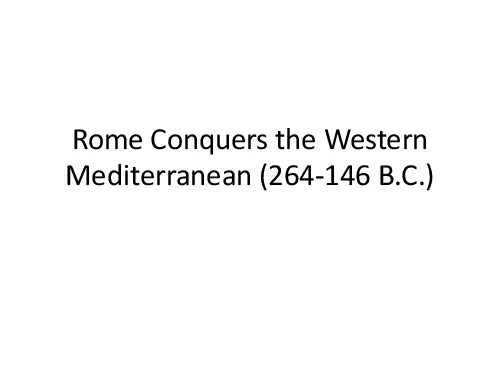PPT-The Punic Wars Ancie
Author : natalia-silvester | Published Date : 2016-05-30
Rome fought three wars with Carthage between 264 and 146 bce The wars established Rome as a world power and left the once powerful empire of Carthage in ruins
Presentation Embed Code
Download Presentation
Download Presentation The PPT/PDF document "The Punic Wars ..." is the property of its rightful owner. Permission is granted to download and print the materials on this website for personal, non-commercial use only, and to display it on your personal computer provided you do not modify the materials and that you retain all copyright notices contained in the materials. By downloading content from our website, you accept the terms of this agreement.
The Punic Wars Ancie: Transcript
Download Rules Of Document
"The Punic Wars Ancie"The content belongs to its owner. You may download and print it for personal use, without modification, and keep all copyright notices. By downloading, you agree to these terms.
Related Documents














